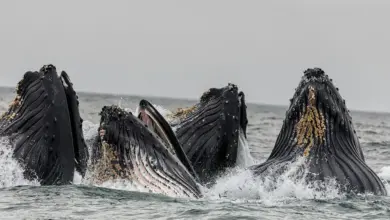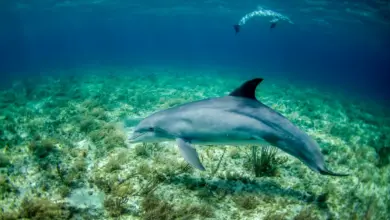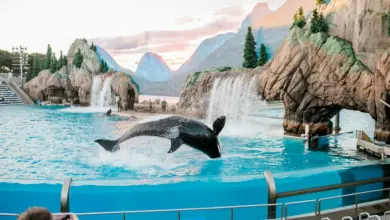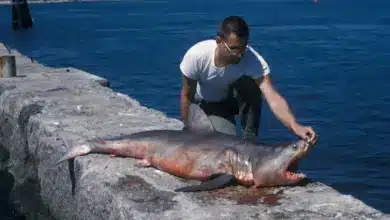Like all dolphins, the pink Amazon river dolphin, which is the largest of the world’s four freshwater dolphin species, eats fish. Even though food is plentiful in the waters of the Amazon and Orinoco river drainages, the pink dolphin, or “boto,” as it is called by natives, is not a picky eater. Around 50 species of small freshwater fishes are on its menu, and it often hunts for them by poking its long, slightly curved beak among the branches of the sunken trees that litter the river bottoms.
[ez-toc]
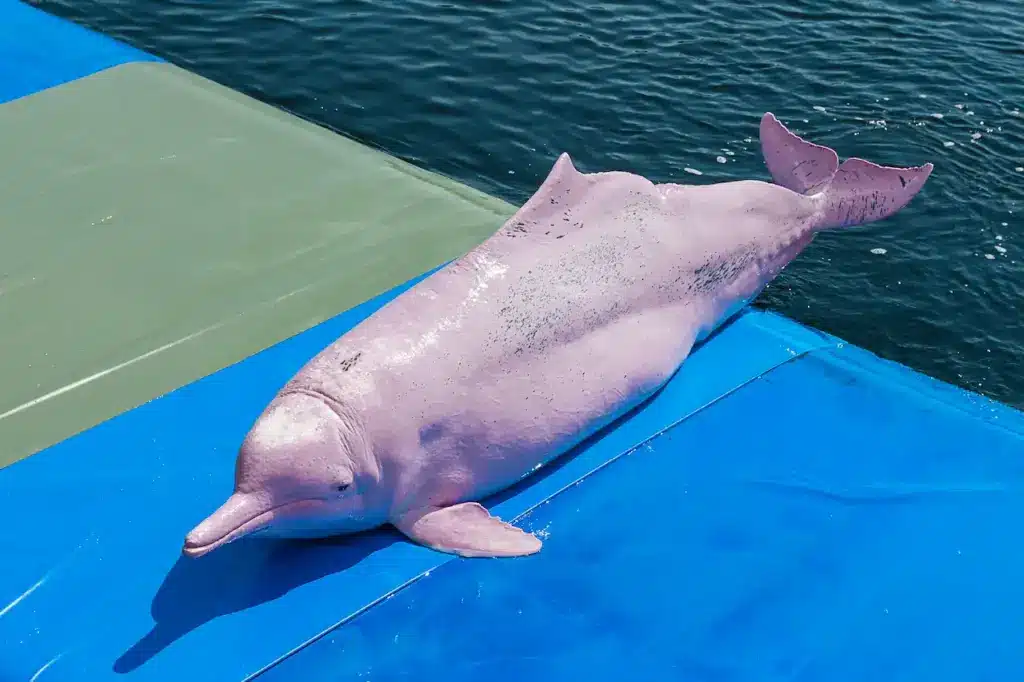
But the question “how do pink dolphins eat?” is at least as interesting as “what do pink dolphins eat?” because their amazing beaks, which are full of extraordinarily sharp teeth, help them in many ways.
All dolphins find food by using echolocation, or sonar, and echolocation is especially important to botos on the hunt because visibility is extremely poor in their murky river habitats. A pink dolphin locates a fish by sending out high-frequency sound pulses from the top of its head. When these sound waves reach the fish, they are deflected back to the dolphin, who senses them through the long jawbone in its extremely long beak–the jawbone acts almost like an antenna. The dolphin then moves in to grab the fish.
Most of the fish in the pink dolphin’s diet are very bony compared to ocean fish. Many have tough, almost “armored,” outer bodies, and some even protect themselves with sharp, hard spines. But these defenses are no match for the pink dolphin’s powerful jaw and “armor-piercing” teeth. The teeth at the front of the boto’s beak are designed for puncturing and holding even the toughest of catfish; the teeth at the back of the beak form a superb and merciless crushing tool.
Once a fish is caught and crushed, the boto, as all dolphins do with their food, swallows it without chewing. Later, it may regurgitate bones spines and other indigestible parts.
So the correct answer to the question, “what do pink dolphins eat?” is, almost anything small that swims.
If you’d like to see a terrific short video on pink dolphins by Jean-Michel Cousteau, click here. —Paul Guernsey
